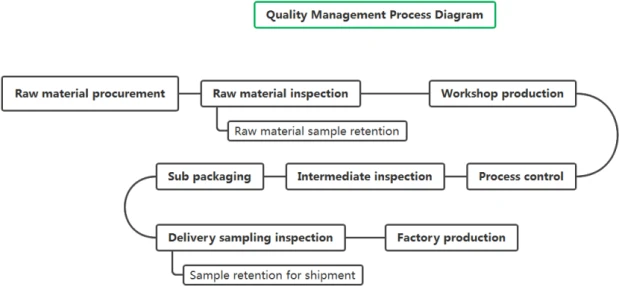
News
dec . 06, 2024 05:51 Back to list
Examples of Chelating Agents Used in Industrial Applications
Understanding Chelating Agents Examples and Applications in Industry
Chelating agents are essential compounds widely used in various industrial applications due to their ability to bind metal ions effectively. These agents form stable complexes with metal ions, thus mitigating their reactivity and enhancing their solubility. The significance of chelating agents cannot be overstated, as they play critical roles in fields such as agriculture, medicine, and environmental science.
What are Chelating Agents?
A chelating agent, or chelator, is a chemical that can bind to metal ions and form a stable, ring-like structure. The term chelate is derived from the Greek word chele, meaning claw, reflecting how these agents grasp onto metal ions. Common examples of chelating agents include ethylenediaminetetraacetic acid (EDTA), citric acid, and diethylene triamine pentaacetic acid (DTPA). These compounds demonstrate selectivity for specific metal ions, which makes them versatile tools in numerous applications.
Examples of Chelating Agents in Industry
1. Ethylenediaminetetraacetic Acid (EDTA) Perhaps the most well-known chelating agent, EDTA is used extensively in the food industry as a preservative that prevents metal-catalyzed oxidation. In pharmaceuticals, it’s employed to treat heavy metal poisoning by binding toxic metals like lead and mercury, allowing for their safe excretion from the body. Additionally, EDTA is a crucial component in laboratory reagents and is also utilized in cosmetic formulations to enhance skin stability.
2. Citric Acid A naturally occurring organic acid, citric acid acts as a powerful chelator, especially for calcium and magnesium ions. It is commonly used in the food industry to enhance flavor, but its chelating properties are also harnessed in cleaning products and detergents. Citric acid helps prevent hard water deposits by binding metal ions, allowing for more effective cleaning and improved detergent performance.
chelating agent example factory

3. Diethylene Triamine Pentaacetic Acid (DTPA) This chelating agent is particularly valuable in agricultural applications. DTPA is used to protect essential micronutrients, such as iron, in fertilizers. By forming a stable complex with iron, DTPA improves nutrient availability to plants, promoting healthier growth. It is also applied in the treatment of wastewater by removing heavy metals, thereby reducing environmental contamination.
Applications in Various Industries
The applications of chelating agents extend beyond agriculture and food. In the pharmaceutical industry, they are integral in drug formulations to stabilize active ingredients and improve bioavailability. In environmental science, chelators play a vital role in remediation processes by extracting heavy metals from contaminated soil and water, thus facilitating the detoxification of polluted sites.
In the realm of metallurgy, chelating agents are used in metal finishing and plating processes. They help maintain desired metal ion concentrations in electroplating baths, leading to improved coating quality. In the textile industry, chelators assist in dyeing processes by binding metal ions and preventing unwanted reactions that could adversely affect color quality.
Conclusion
Chelating agents are indispensable in modern industrial processes, offering solutions that enhance efficiency and safety. With their ability to form stable complexes with metal ions, these compounds provide critical advantages across various sectors, from agriculture to pharmaceuticals. As industries continue to innovate, the importance of chelating agents will only grow, paving the way for novel applications and improved processes that benefit both the economy and the environment. Understanding and leveraging the unique properties of chelating agents can lead us toward a more sustainable and chemically informed future.
-
Polyaspartic Acid Salts in Agricultural Fertilizers: A Sustainable Solution
NewsJul.21,2025
-
OEM Chelating Agent Preservative Supplier & Manufacturer High-Quality Customized Solutions
NewsJul.08,2025
-
OEM Potassium Chelating Agent Manufacturer - Custom Potassium Oxalate & Citrate Solutions
NewsJul.08,2025
-
OEM Pentasodium DTPA Chelating Agent Supplier & Manufacturer High Purity & Cost-Effective Solutions
NewsJul.08,2025
-
High-Efficiency Chelated Trace Elements Fertilizer Bulk Supplier & Manufacturer Quotes
NewsJul.07,2025
-
High Quality K Formation for a Chelating Agent – Reliable Manufacturer & Supplier
NewsJul.07,2025
